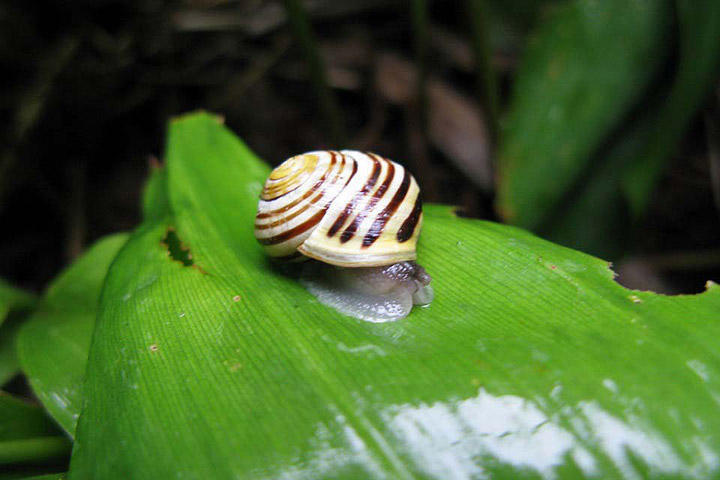
What with all the other difficulties that beset us, it will come as no surprise to you to learn that fruit crops are just as susceptible to pests and diseases as are other garden plants. There are pests which eat the leaves, pests which eat the fruit and others which have no particular preference.
Much the same goes for diseases except that, with these, they may be caused by either a fungus or a virus. There are even disorders which are neither fungal nor viral but physiological in origin.
Having said all that and probably thoroughly discouraged you, always remember that only a fraction of the problems that can strike actually do. Many gardeners go through life being completely untroubled by most of them. However, it would be unrealistic and far from helpful if the subject was not covered here because it is an integral part of good gardening.
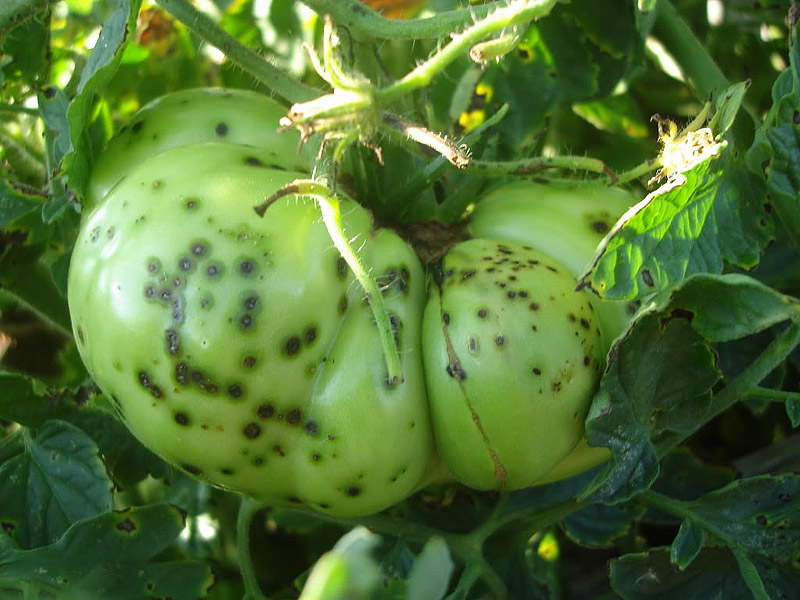
However, the situation as regards pest, disease and weed control chemicals is extremely fluid, with existing and new materials coming and going so fast that it would be foolish to give any actual recommendations as to which chemical to use for controlling what. There is, though, a very simple and fool-proof way of covering this and that is to go to your local retailer (shop or garden center) and ask what they recommend for controlling this, that and the other. Much the same goes for the disposal of surplus diluted sprays and undiluted concentrates.
In this case a phone call to your local council should sort things out for you.
Prevention of Pests and Diseases
The main point to realize about pest and disease control is that prevention is infinitely better than cure. It is a more effective method of control, it is cheapen it prevents damage being done to plants and it greatly reduces the amount of chemical needed.
The purest form of control is what is termed ‘managerial’ control — the prevention, or dissuasion, of pests and diseases simply by gardening well. The most important part of this is to ensure that the plants have the best possible growing conditions. Strong trees and bushes are much less likely to be attacked and, if they are, they stand a much better chance of coming through the attack with flying colors. An already weak specimen is likely to suffer far more.
Good Growing Conditions
Creating these good growing conditions has many facets, including:
- fertile soil
- good supply of water and plant foods
- the correct spacing of the plants
- the right kind of pruning and
- sufficient shelter to protect the plants from extremes of weather.
Conditions that are going to encourage pests and diseases must clearly be avoided. Here again we find that correct spacing is important so that the atmosphere is mobile the whole time and less likely to attract fungus spores. This is also a good reason for pruning properly so that trees and bushes are not a mass of crowded and twisted branches. Pruning also covers the removal of dead and diseased branches. If these are allowed to remain, infection can spread to hitherto healthy parts.
General hygiene
General hygiene throughout the garden is vital. A typical example of this is fallen brassica leaves in the vegetable plot harboring slugs and snails.
With fruit as well, it is not only the fallen leaves but also the fallen fruit that can be carrying pests and diseases. Codling moth caterpillars live in fallen apples and the disease apple scab overwinters on fallen leaves.
Pay great attention to garden hygiene because it can make the difference between winning and losing the battle.
Host Plants
Although the next category is less applicable to fruit than to other plants, the question of alternative host plants must not be overlooked. This refers to the habit of some pests and diseases of living on other plants as well as on fruit.
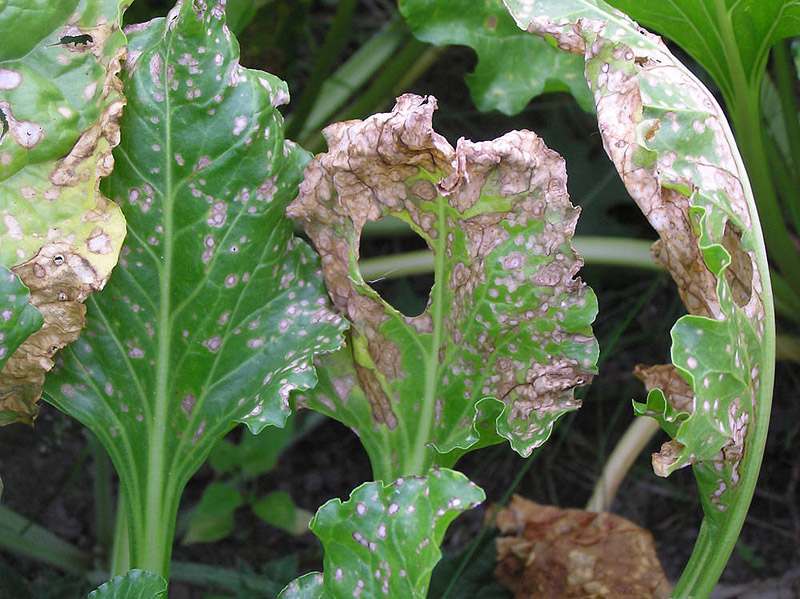
Many greenfly do this, for instance. Always, therefore, keep a watch for trouble on neighboring trees and shrubs because it could well be that some ‘nasty’ is lurking there ready to pounce on an unsuspecting apple or pear tree. There’s no need to be paranoid about this, but don’t forget the possibility and take action if the situation warrants it.
Crop Rotation
Crop rotation is another aspect that one seldom considers in relation to fruit but it is worth noting that there is a problem called ‘replant disease’. This makes it difficult for fruit trees of one sort to flourish in the same spot that was previously occupied by another tree of the same sort. In other words, unless you are prepared to replace about a cubic yard of soil, avoid planting an apple tree in the same place as one that has just been pulled out.
Yet another help is the use of resistant varieties — those which are unlikely to, or will not, suffer from a specific pest or disease. Virtually all recently-bred raspberries are resistant to certain greenfly and, as it is these insects which spread the extremely common virus diseases, it is clearly in our interest to grow them.
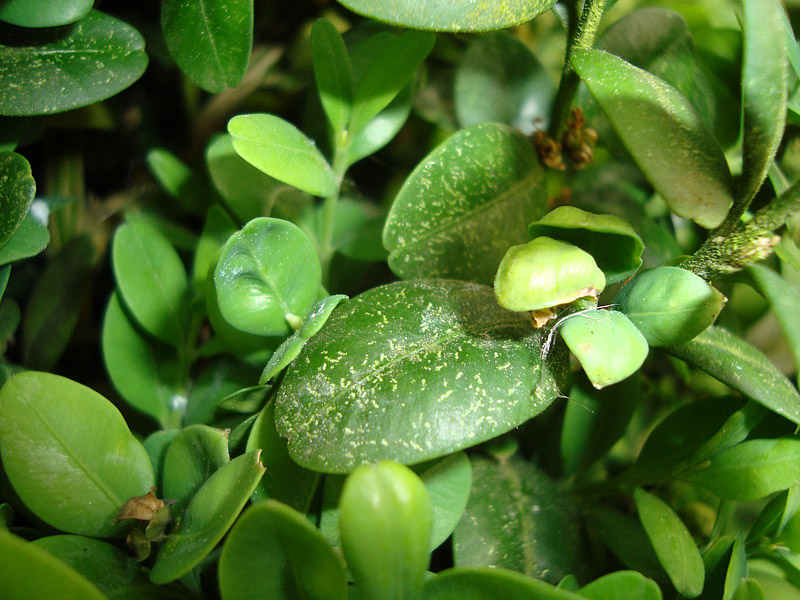
These measures will greatly reduce the number of pests and diseases but certainly you will often be faced with the job of having to beat off an attack by some other means, no matter how many precautions are taken.
Natural Solutions
Considering the garden as a whole, there are several remedies that can be adopted which don’t involve the use of chemicals, such as cardboard collars around brassica transplants to deter cabbage root fly. In the fruit world, the best known gadget is the grease-band. Grease-bands are easily bought in gardening shops and are really just a variation on the flypaper theme. They are wrapped around the trunk of fruit trees at about waist height where they will trap several kinds of crawling pest as the creatures pass up and down the trunk.
You can also buy codling moth traps but these are seldom effective enough to do away with the need to spray. However, they do show when the adult moths are present and, therefore, laying eggs. Spraying should then take place.
Obviously, the less we use chemicals, the better. However, if the alternative to chemical control in a particular case is only partially effective, then it is pointless using it. It would be far better to overcome the pest or disease quickly and efficiently with a single application of chemical.

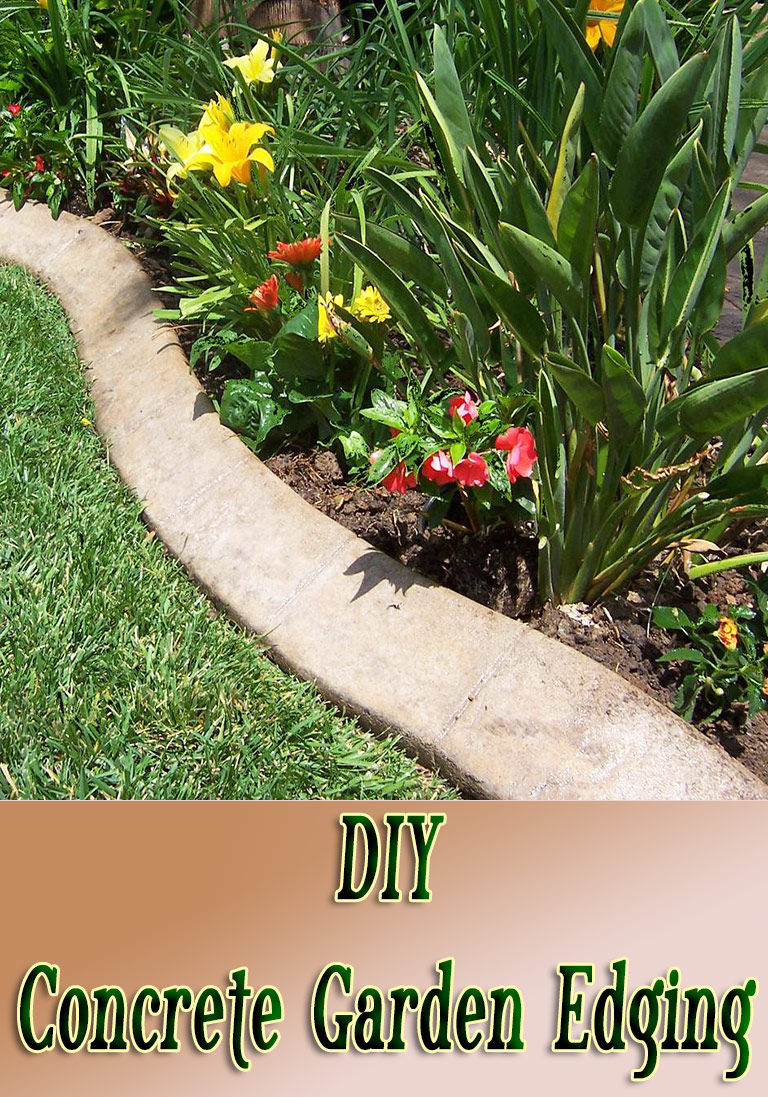

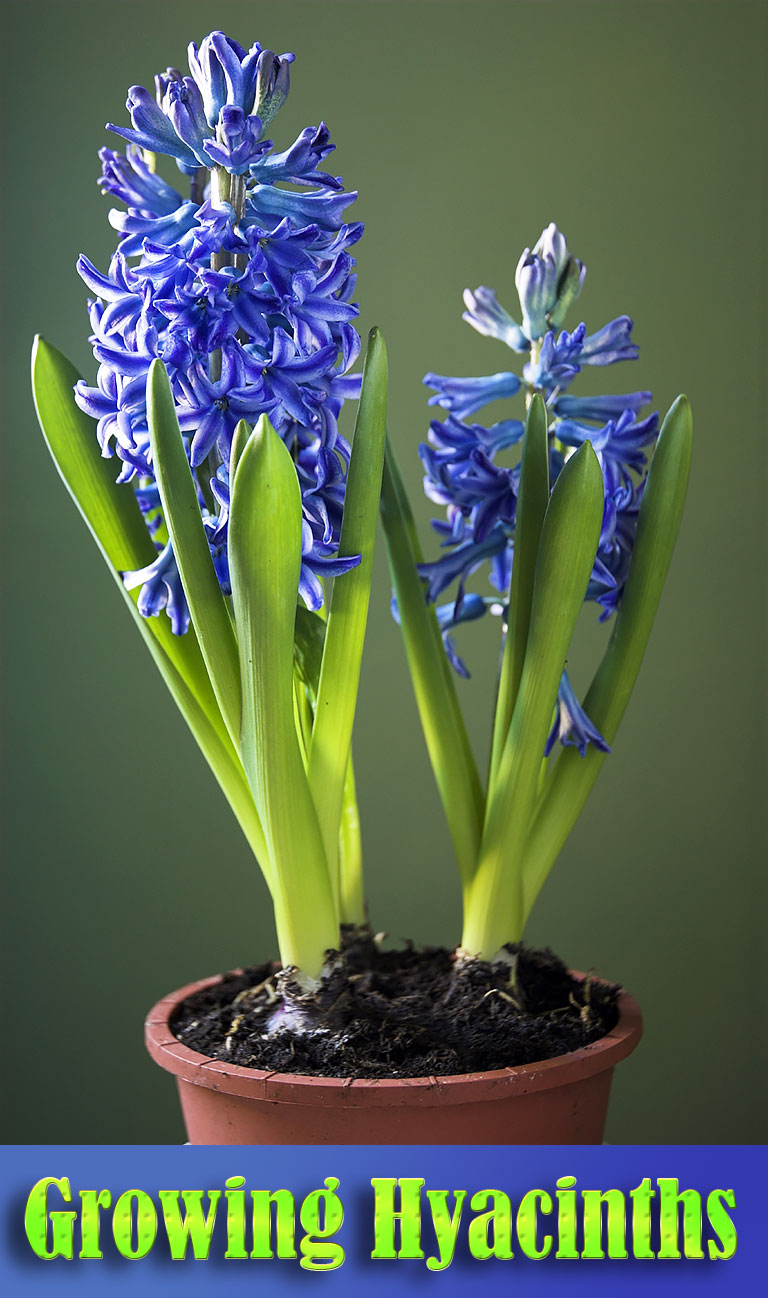
Leave a Reply